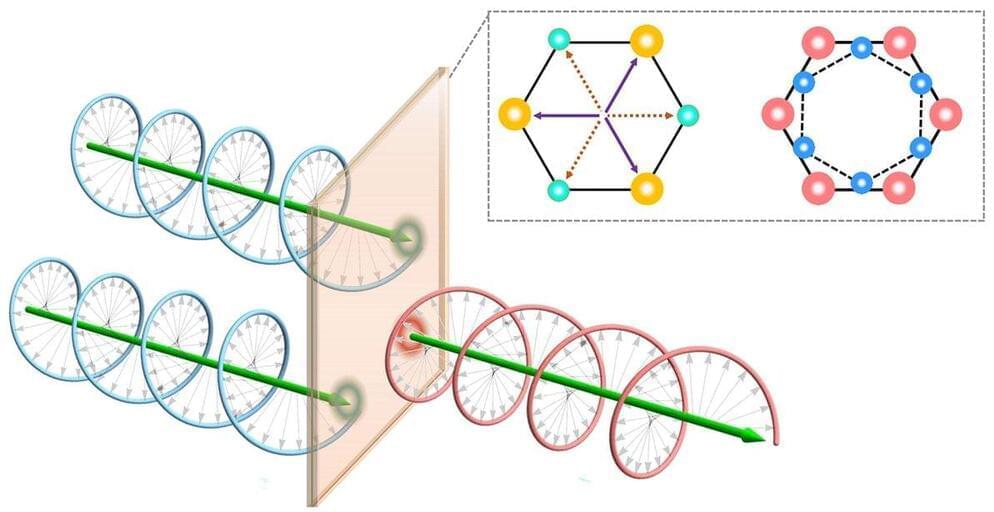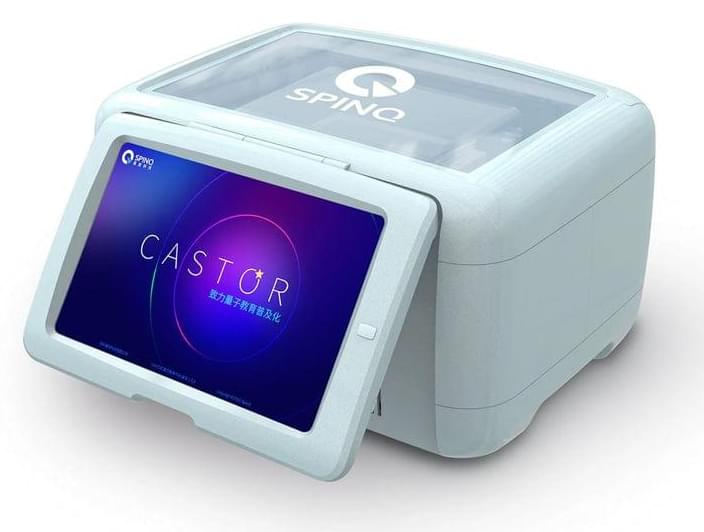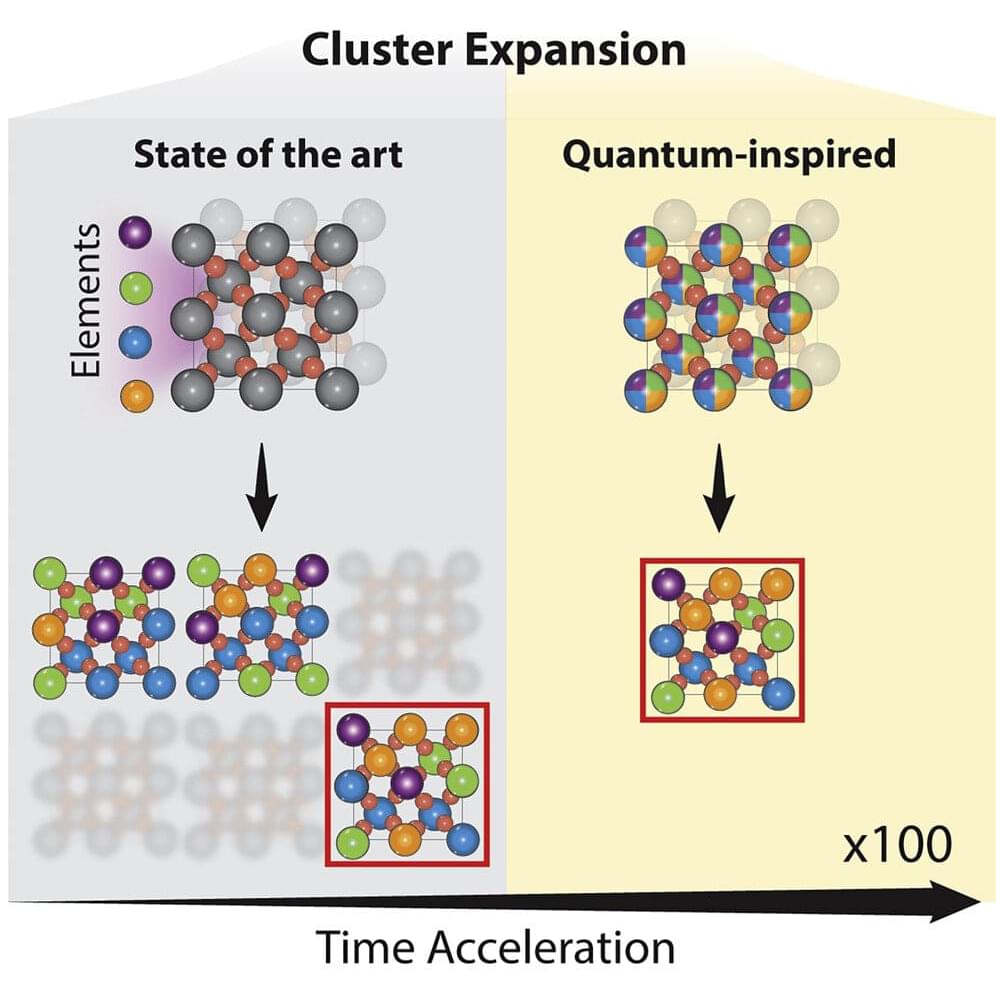Dec 17, 2022
A peculiar protected structure links Viking knots with quantum vortices
Posted by Paul Battista in categories: computing, particle physics, quantum physics
Scientists have shown how three vortices can be linked in a way that prevents them from being dismantled. The structure of the links resembles a pattern used by Vikings and other ancient cultures, although this study focused on vortices in a special form of matter known as a Bose-Einstein condensate. The findings have implications for quantum computing, particle physics and other fields.
The study is published in the journal Communications Physics.
Postdoctoral researcher Toni Annala uses strings and water vortices to explain the phenomenon: “If you make a link structure out of, say, three unbroken strings in a circle, you can’t unravel it because the string can’t go through another string. If, on the other hand, the same circular structure is made in water, the water vortices can collide and merge if they are not protected.”


















